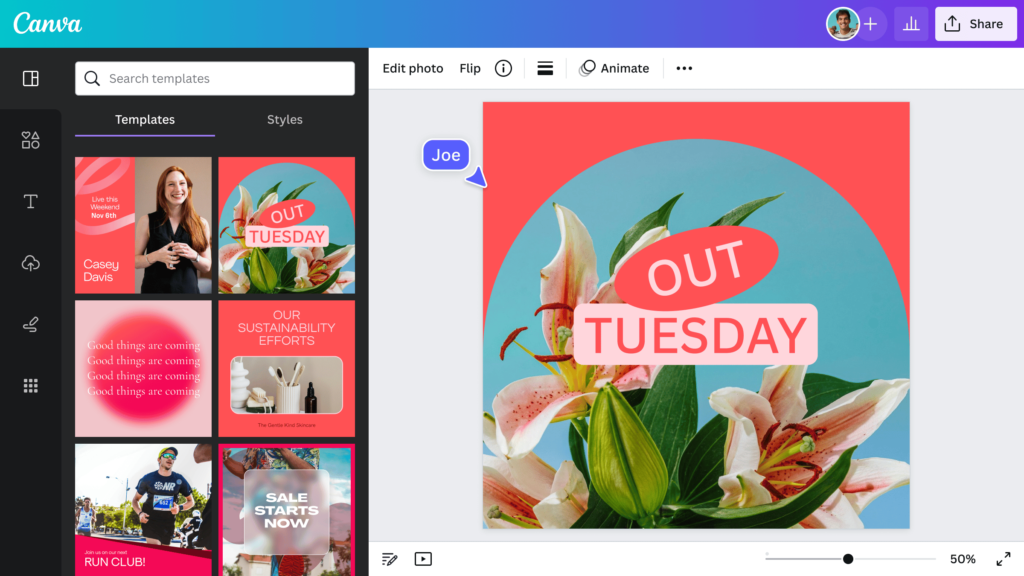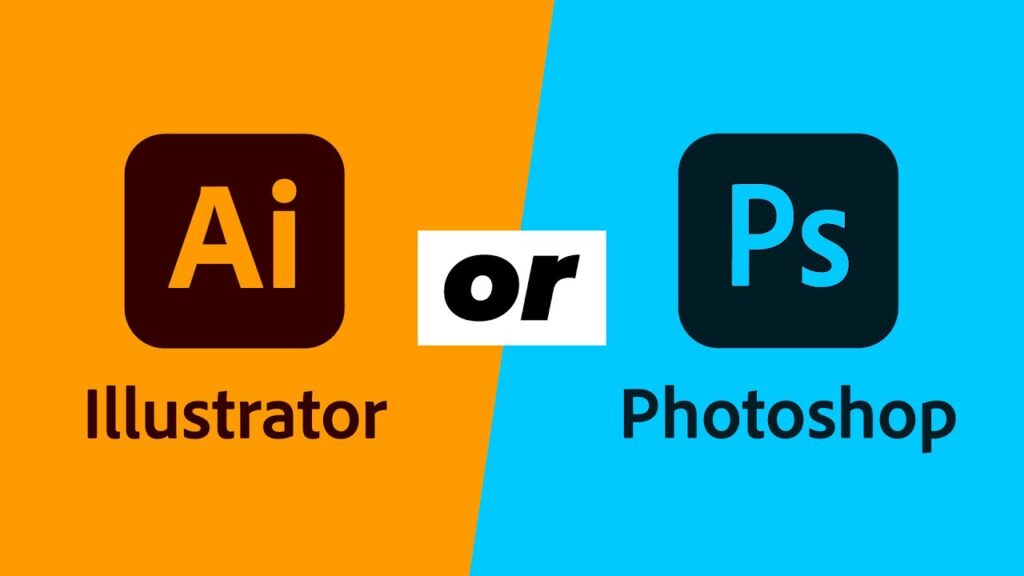The Power of Social Media Marketing: How to Build Your…
Are you looking to improve your website’s visibility and attract more organic traffic? Pay-per-click (PPC) advertising is a powerful tool for driving targeted traffic to your website, generating leads, and increasing sales. When implemented effectively, PPC campaigns can deliver a high return on investment (ROI) and help you achieve your business goals.This guide, we’ll explore the key components of successful PPC advertising and share strategies for maximizing your ROI. Understanding PPC Advertising PPC advertising is a digital marketing strategy in which advertisers pay a fee each time their ad is clicked. These ads are displayed on search engine results pages (such as Google or Bing) or on websites and social media platforms (such as Facebook or LinkedIn). The goal of PPC advertising is to attract qualified traffic to your website and convert them into customers or leads. Key Components of Successful PPC Campaign Keyword Research: Conduct thorough keyword research to identify relevant search terms and phrases that your target audience is using. Choose keywords with high search volume, low competition, and strong buyer intent to maximize your chances of Ad Copywriting: Write compelling ad copy that grabs attention, highlights your unique selling proposition (USP), and encourages users to click. Use relevant keywords in your ad copy to improve ad relevance and quality score. Ad Targeting: Use advanced targeting options to reach your ideal audience. Target users based on demographics, interests, location, device, and more to ensure that your ads are shown to the right people at the right time. Ad Extension: Take advantage of ad extensions to provide additional information and increase ad visibility. Use extensions such as sitelinks, callouts, and structured snippets to enhance your ads and drive more clicks. Landing Page Optimization: Create dedicated landing pages that are tailored to your PPC campaigns. Optimize your landing pages for relevance, usability, and conversion to ensure a seamless user experience and maximize your ROI. Strategies for Maximizing PPC ROI Set Clear Goals: Define clear objectives for your PPC campaigns, whether it’s increasing website traffic, generating leads, or driving sales. Align your campaign strategy with your business goals to ensure that you’re focusing on the metrics that matter most. Monitor Performance Metrics: Track key performance metrics such as click-through rate (CTR), conversion rate, cost per acquisition (CPA), and ROI. Use analytics tools like Google Analytics and Google Ads to monitor campaign performance and identify areas for improvement Optimize Ad Copy & keywords: Continuously test and optimize your ad copy and keywords to improve ad relevance and click-through rates. Experiment with different messaging, offers, and calls to action to see what resonates best with your audience. Refine Targeting Options: Refine your targeting options based on performance data and audience insights. Adjust your targeting parameters to focus on high-value segments and exclude irrelevant audiences to improve campaign efficiency. Implement Bid Strategies: Create dedicated landing pages that are tailored to your PPC campaigns. Optimize your landing pages for relevance, usability, and conversion to ensure a seamless user experience and maximize your ROI.





